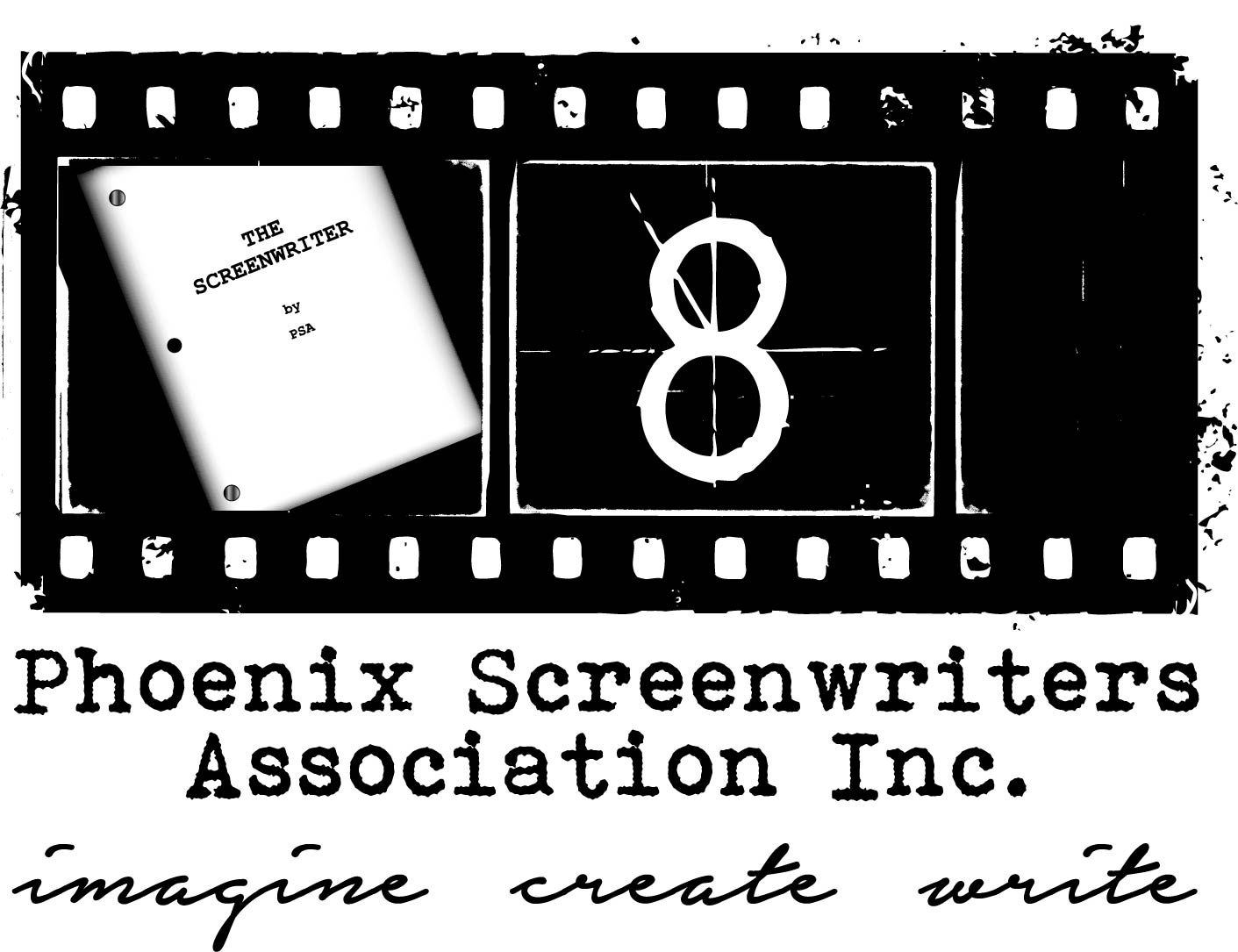Hey Writer! Did you hear the story about Story?
By Jessica Spring Brown
Actually it’s about the Book titled: Story: Style, Structure, Substance, and the Principles of Screenwriting by Robert McKee. A classic and a must read for all of us people who are crazy in love with writing and especially screenwriting.
This was one of the first books I read when I started screenwriting 16 years ago. And it is still relevant today. The book is divided into four parts:
Part 1: The Writer and the Art of Story Introduction
Part 2: The Elements of Story
Part 3: The Principles of Story Design
Part 4: The Writer at Work
Within each of these parts are multiple chapters that dive deep into each of the critical parts of telling story. One of my favorite chapters right now is Scene Design (chapter 10 in Part 3) as I am in the middle of a deep rewrite on my current script.
But let’s first discuss what Story (the book and the process) is all about.
Mr. McKee tells us “Story is about principles, not rules. Story is about eternal, universal forms, not formulas. Story is about archetypes, not stereotypes. Story is about thoroughness, not shortcuts. Story is about the realities, not the mysteries of writing. Story is about mastering the art, not second-guessing the marketplace. Story is about respect, not disdain, for the audience. And finally, Story is about originality, not duplication.” That is a great way to start a classic on the art of story telling. And it was a great hook to get me to stick with this masterpiece.
Now that we know what Story is and is not, let’s dive into one of my favorite chapters on Scene Design.
Mr. McKee shares that the components of scene design are Turning Points, Setups/Payoffs, Emotional Dynamics, and Choice. He discusses each of these and why they each play a critical role in designing an amazing scene that will hold the audience’s attention. As he explains in depth each component, he supports his explanations with examples from some great movies.
After Mr. McKee goes through each of the examples, he turns his attention to us as his reader to have a frank discussion of why we must master these components in our scenes. He says “To tell story is to make a promise: if you give me your concentration, I ‘ll give you surprise followed by the pleasure of discovering life, Its pains and joys, at levels and in directions you have never imagined.”
Another favorite section in the book is Part 4: The Writer At Work. In chapter 15 Mr. McKee gives us a straight forward discussion on Exposition. He defines exposition as facts, the information about setting biography, and characterization that the audience needs to know to follow and comprehend the events of the story. I like that straightforward explanation.
He follows this clear and concise explanation with a reality punch in the gut. Mr. McKee tells us “within the first pages of a screenplay a reader can judge the relative skill of the writer simply by noting how he handles exposition. Well-done exposition doesn’t guarantee a superb story, but it does tell us that the writer knows the craft. Skill in exposition means making it invisible.”
The solution to crafting great exposition is simple: through dramatized exposition leveraging the famous axion “Show, don’t tell”. “Never force words into a character’s mouth to tell the audience about world, history, or person. Rather, show us honest, natural scenes in which human beings talk and behave in honest, natural ways…yet at the same time indirectly pass along the necessary facts.”
Thank you Mr. McKee for simplifying that.
This and many other gems are waiting for you to uncover them in this amazing classic book.
Mr. McKee lectures regularly in Los Angeles, New York, London, and other major film and television centers throughout the world. He has a wonderful website: mckeestory.com that is filled with valuable information on his books and his lecture series.
If you decide to read this classic on Story and screenwriting and you have a favorite gem, please drop me a line at jessbrown44@gmail.com. I would love to hear your insights.
Happy Spring, Happy Writing!
Jess

